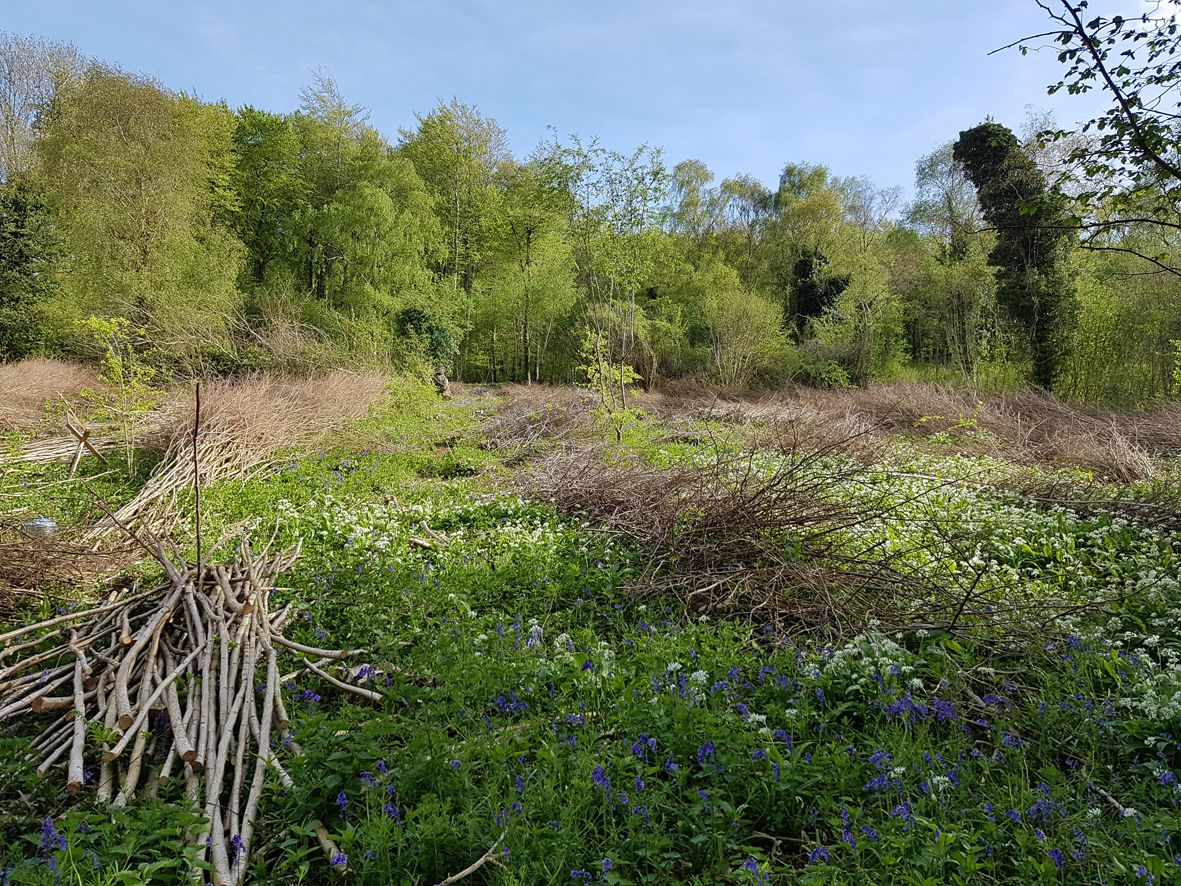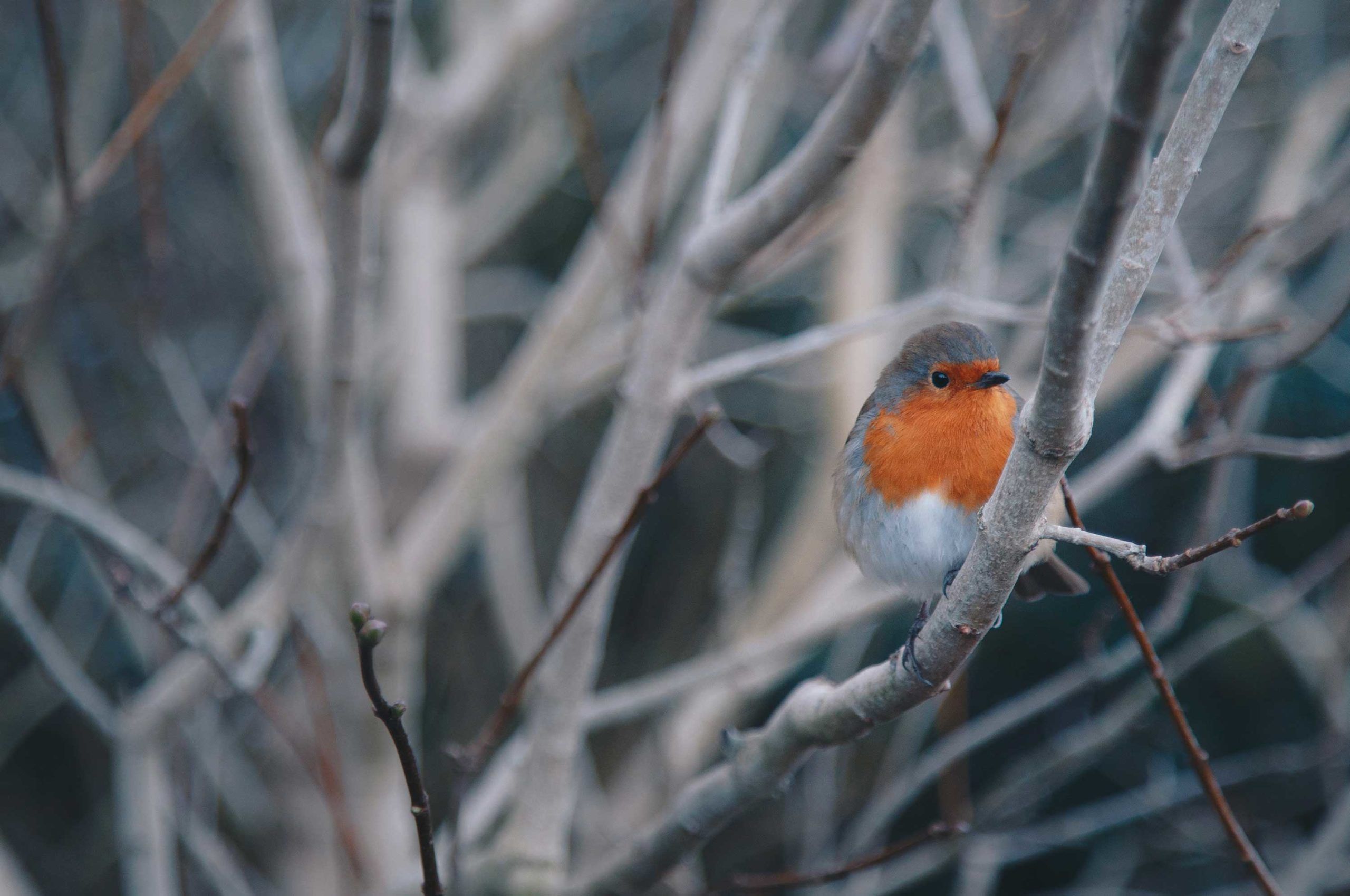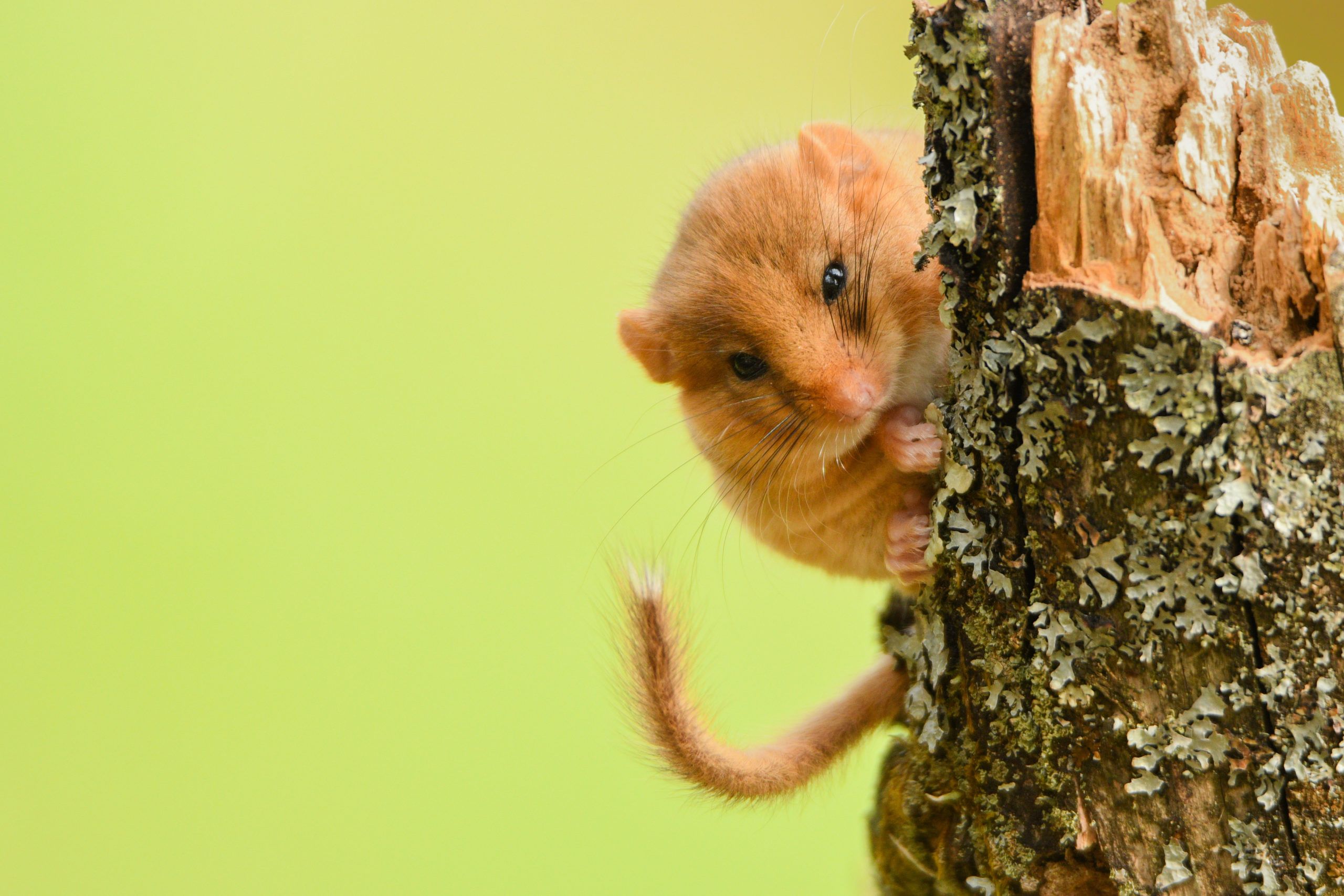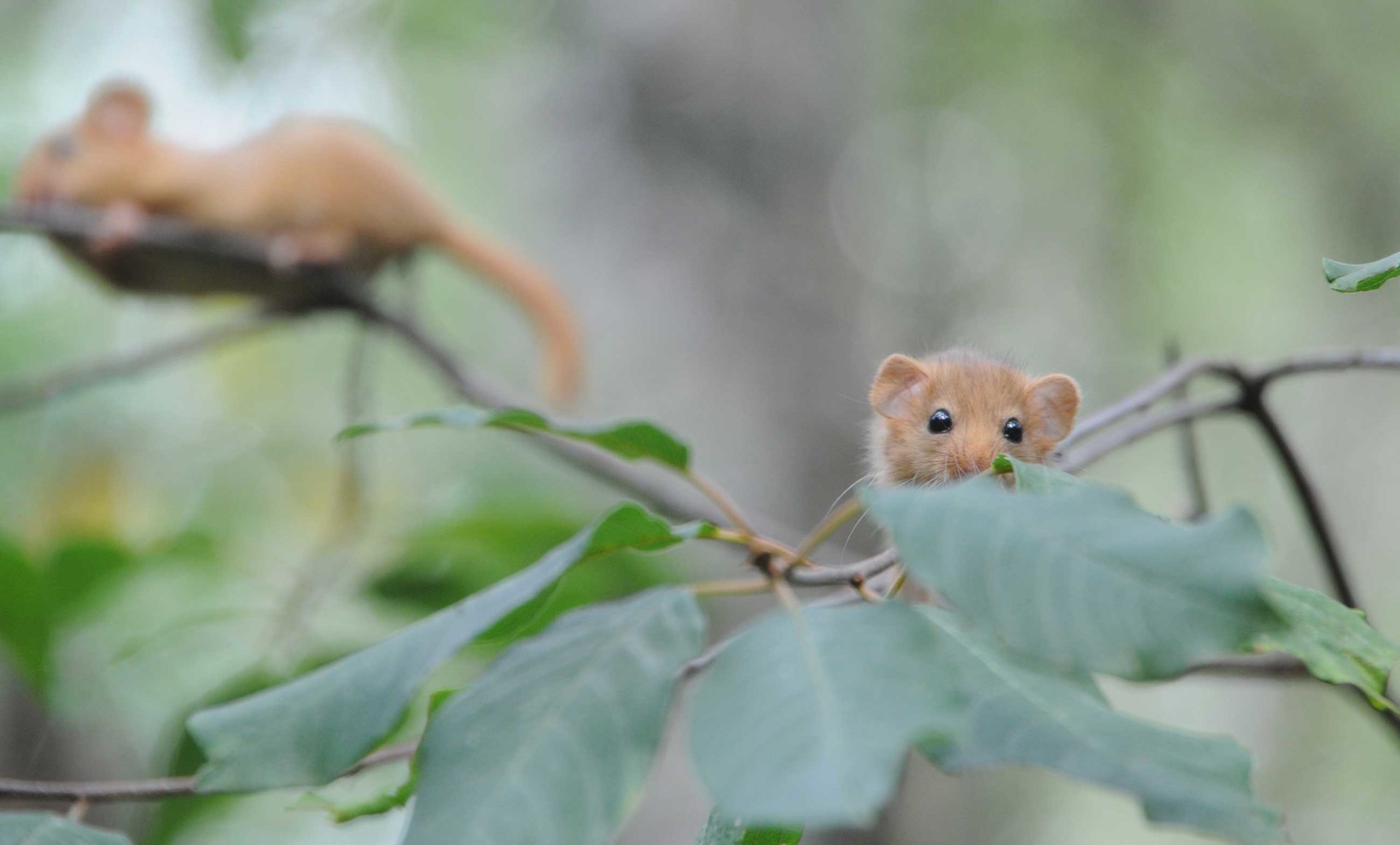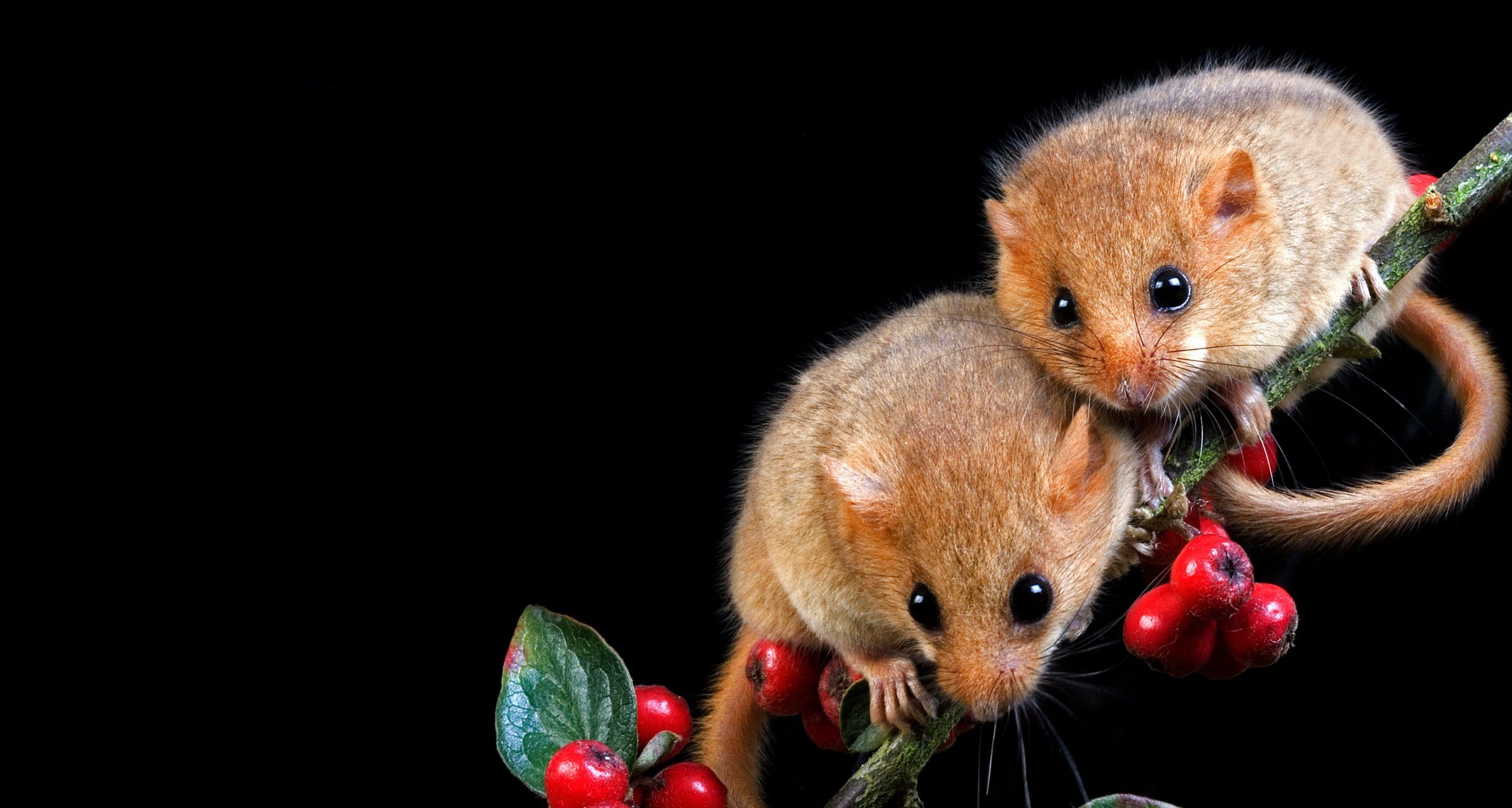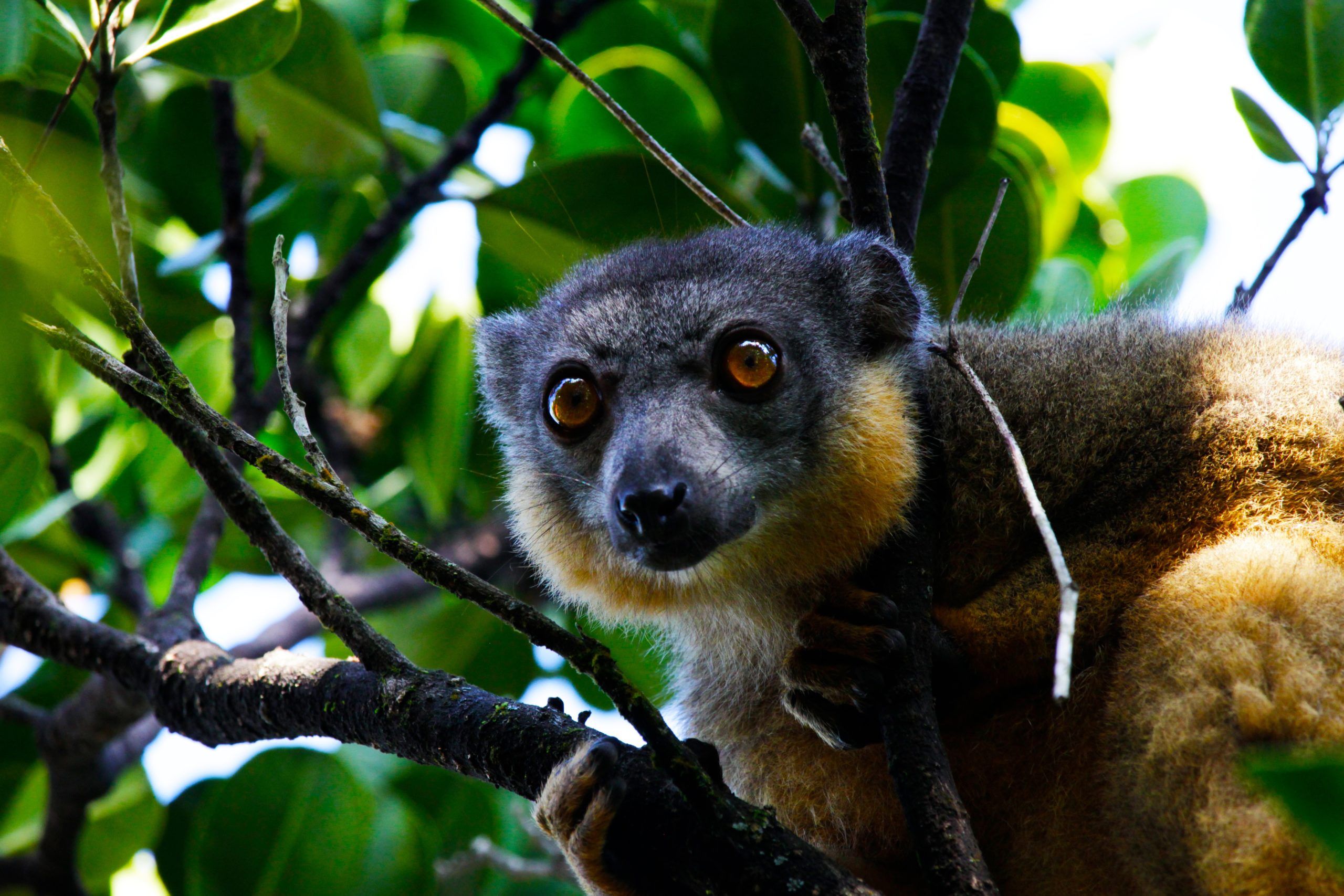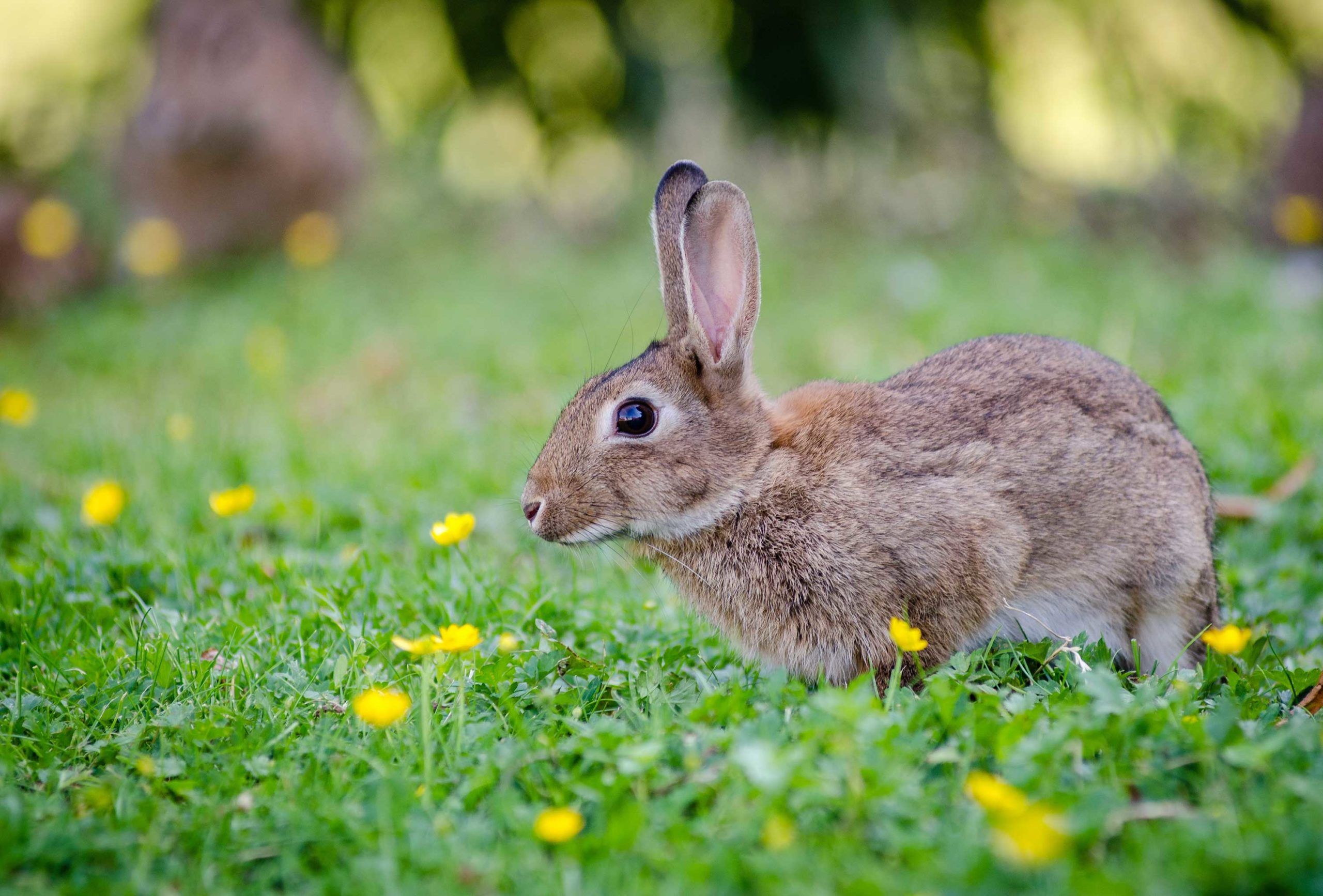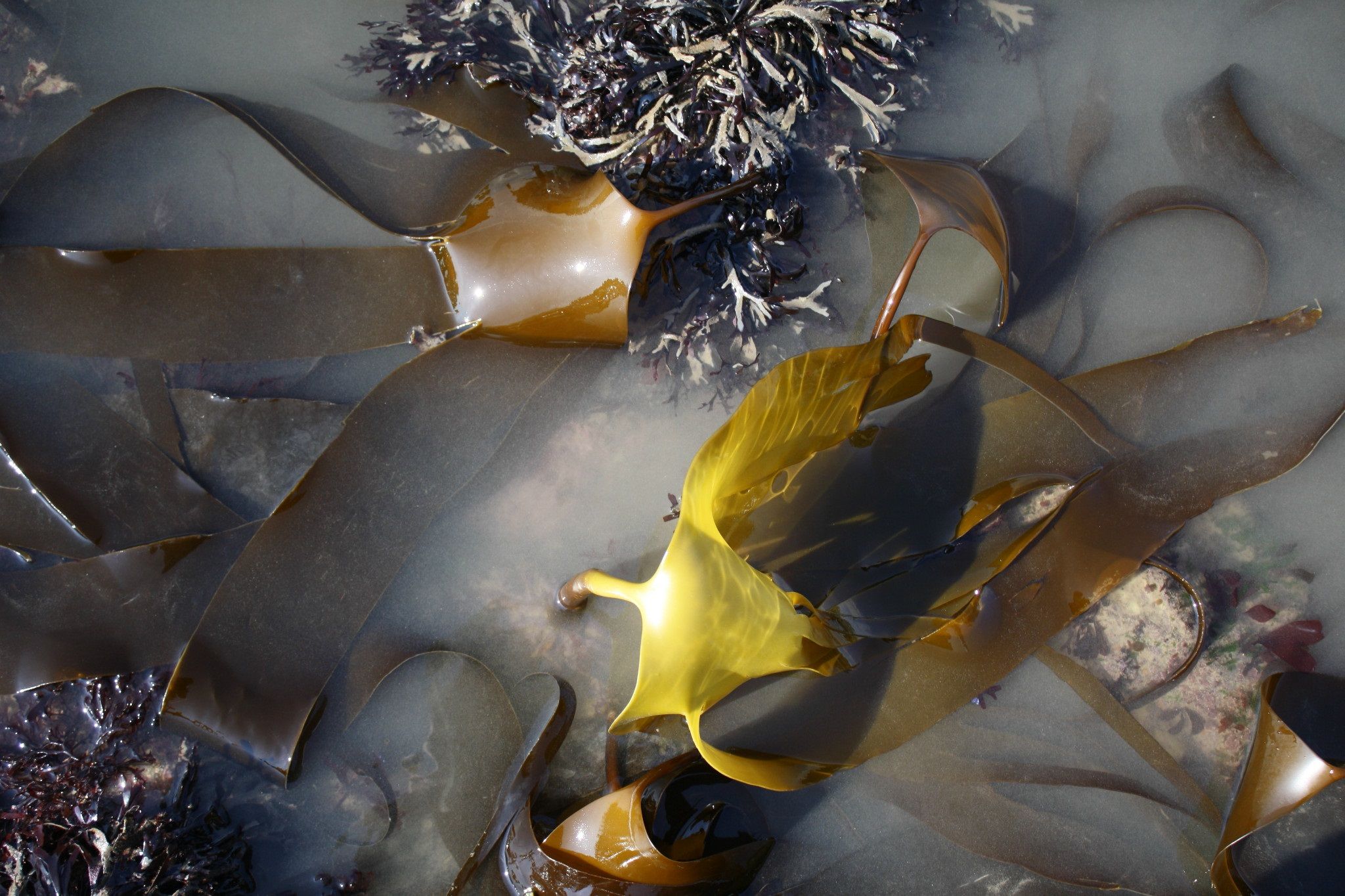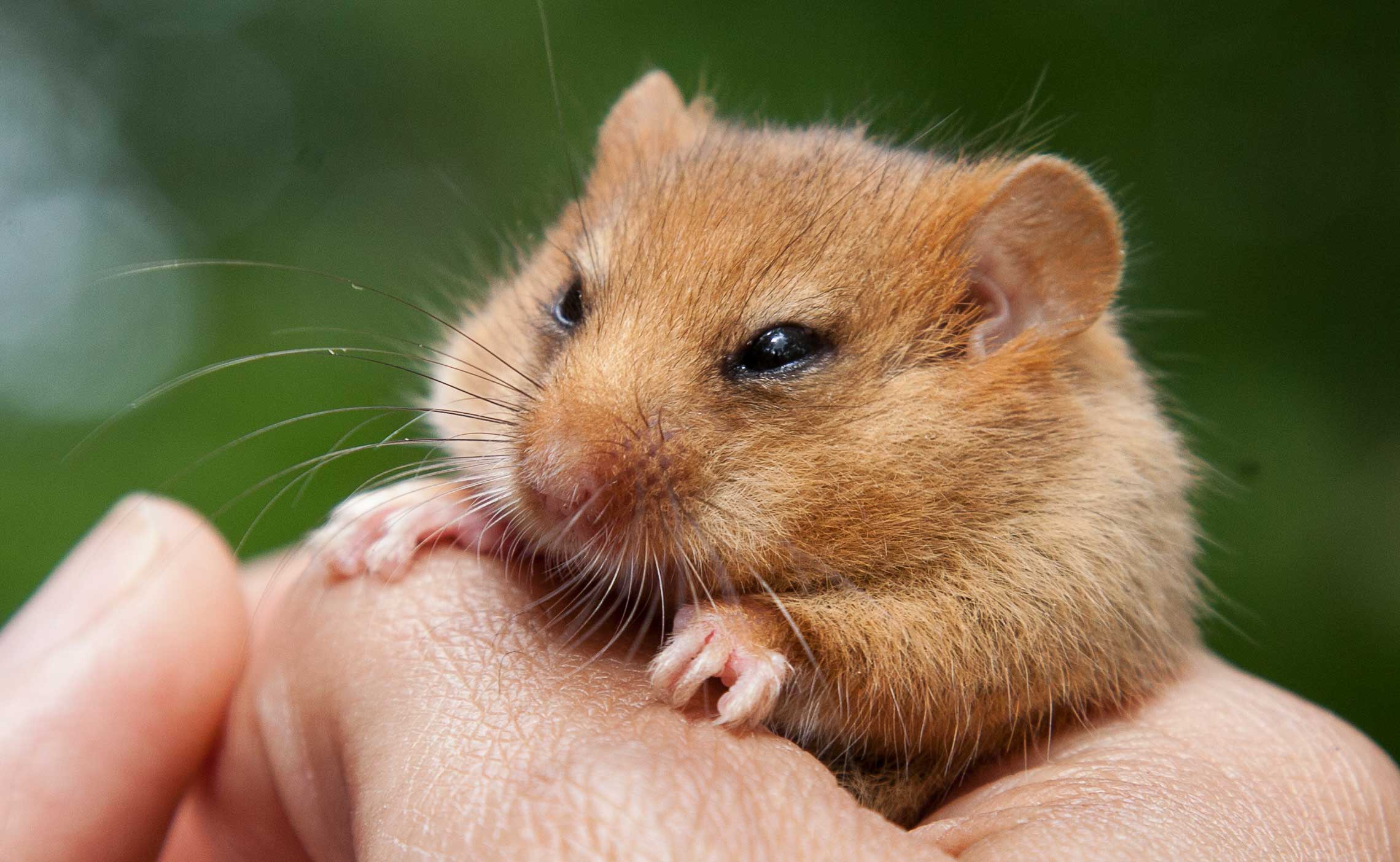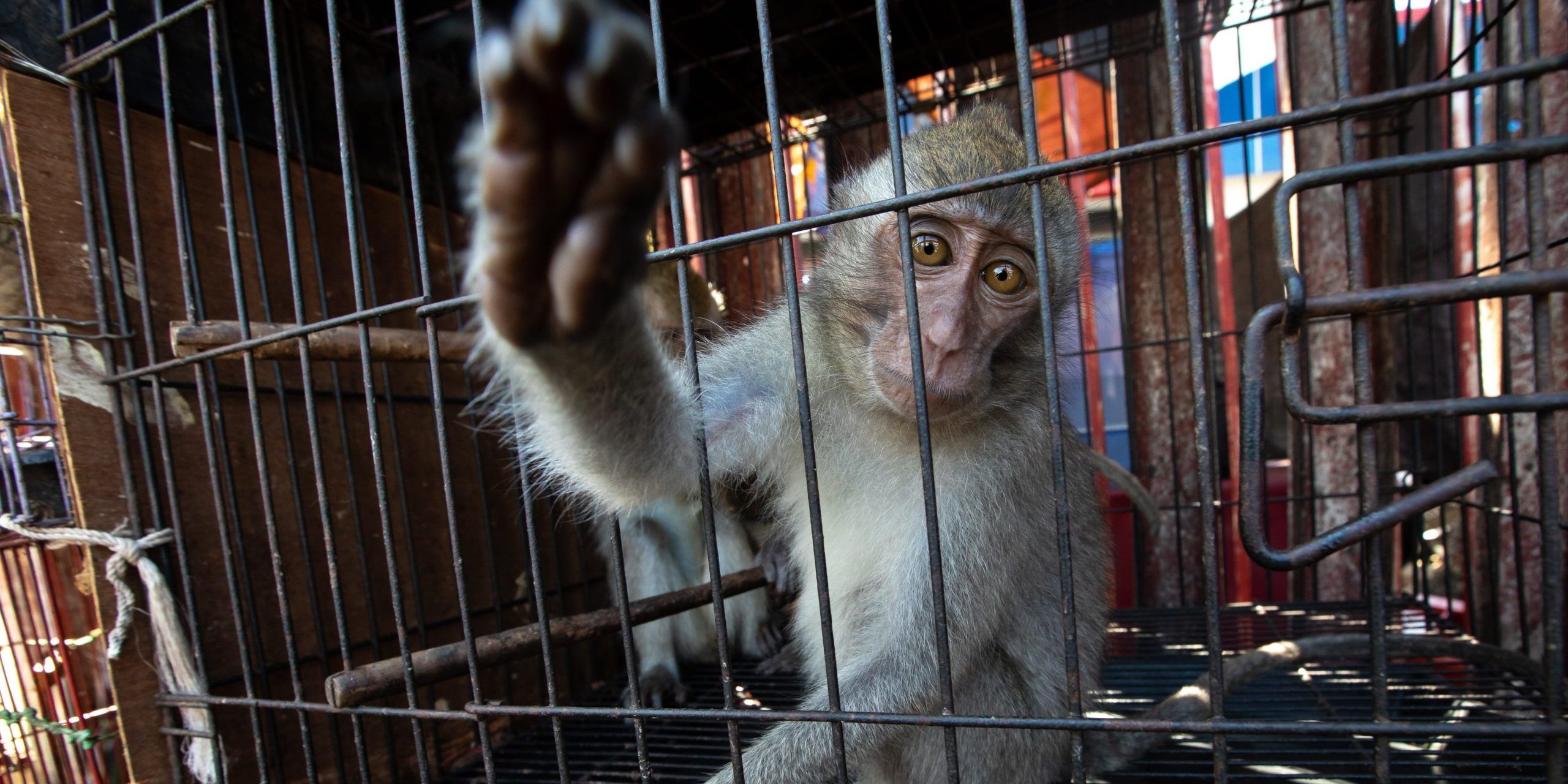News
Search by topic
Pete Etheridge writes about the importance of coppicing for woodland conservation and biodiversity. A decline in coppicing Coppicing has been practised in the UK for hundreds (if not thousands) of years. In 1905 (decades after the peak in coppicing activity), it was estimated that there was somewhere in the region of 230,000 ha of actively …
Read article...Robin Redbreast – the UK’s ‘national bird’ – is under threat, and wildlife experts are encouraging the public to support robins and other native birds in their gardens this winter. There’s warning of a ‘perfect storm’ for winter birds this December, with reports of a La Nina event set to cause harsh cold spells alongside …
Read article...Lorna Griffiths, from the Nottinghamshire Dormice Group (NDG), describes how the dormice in her county are delighting the group members. In 2016 I wrote an article for The Dormouse Monitor about the hazel dormouse releases in Nottinghamshire. Since then, the Nottinghamshire Dormouse Project, which focuses on the three reintroductions, Treswell Wood (2013), Eaton Wood (2014) …
Read article...Gemma Watkinson, a member of the Lincolnshire Dormouse Group, reports on how their hazel dormice have not been observing lockdown. Dormice find their way into a new woodland This year, even though we were only able to carry out our nest box surveys during August, September and October, the results have been really exciting! We’re …
Read article...Neil Bemment, Chair of the Common Dormouse Captive Breeders’ Group (CDCBG), explains what a dormouse ‘studbook’ is, and why we need it. The Common Dormouse Captive Breeders Group (CDCBG) was established in the early 1990s and brought together several like-minded private individuals and zoological collections interested in conserving hazel dormice. As the CDCBG population slowly …
Read article...This year has been an extremely difficult one for all of us. However, as an unprecedented global catastrophe unfolded, we’ve been heartened at PTES to hear how our teams on the ground and around the globe have been adapting and overcoming challenges. Zac Hill, from SEED Madagascar, recently got in touch, proud to tell us …
Read article...Although specific species like Persian leopards, Asiatic cheetahs, and Persian onagers whose last haven has been the expanses of Iran are endangered, we can hopefully strive for a better future for these wonderful creatures. Mitra Gholami is an environmentalist and colleague of PTES’s Conservation Partner, Dr. Mohammad Farhadinia. She recently wrote to us about her …
Read article...Rabbits: abundant, small to medium-sized herbivores – or as one account puts it, a little ungenerously, ‘food-chain fodder’. But there’s more to rabbits than food for foxes and stoats and buzzards. These unassuming grazers are landscape engineers, a talent that wasn’t appreciated until we almost lost them. Arriving in Britain Rabbits (Oryctolagus cuniculus), like their …
Read article...As the largest land beetle in the UK and with their distinctive ‘stag’ antlers, stag beetles are one of our most spectacular creatures. Magnificent minibeasts Stag beetles have a remarkable life cycle, spending the majority of their life underground as larvae and only emerging for a few weeks in the summer to find a mate …
Read article...PTES intern, Danai Kontou, has been busy this year, investigating a critical but little-known species that once dominated our coastal waters. With PTES funding, and under the supervision of Chris Yesson at the Institute of Zoology, Zoological Society of London (ZSL), Danai has spent the better part of a year wading through chilly British coastal …
Read article...We spoke to Great.com on the podcast series Great.com Talks With…The series explains causes like ours to listeners, in a way that’s easy to understand. The interview took place with our very own Ian White, PTES Dormouse Officer. He explains why dormice are particularly valuable in all kinds of conservation work. Dormice are an indicator …
Read article...PTES is calling on supporters to urge their MPs to support an early day motion to debate a ban on global wildlife trade in parliament. The global wildlife trade can be cruel and is a hotbed for emerging infectious diseases like COVID-19. The Coalition to Ban Wildlife Trade campaign, led by World Animal Protection and …
Read article...Press and media
For all media enquiries please contact Jane Bevan or Adela Cragg at Firebird Public Relations on 01235 835297 or email ac@firebirdpr.co.uk.

